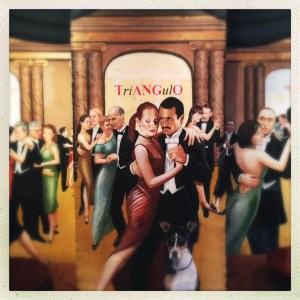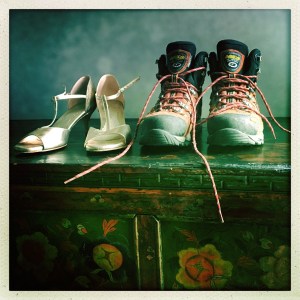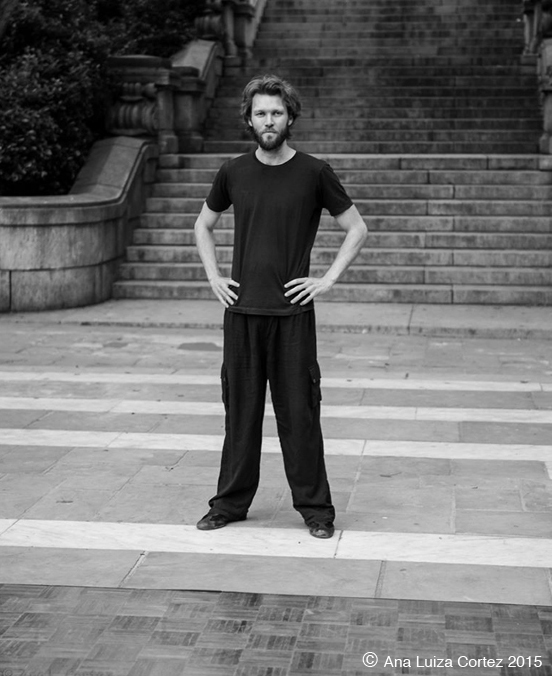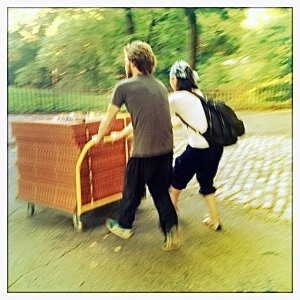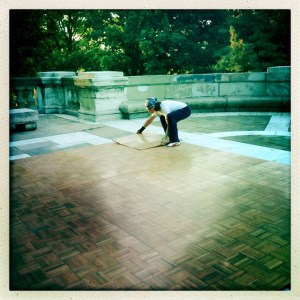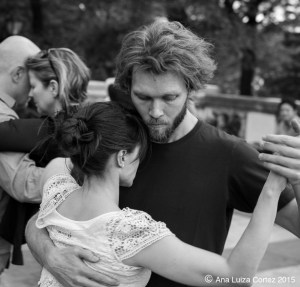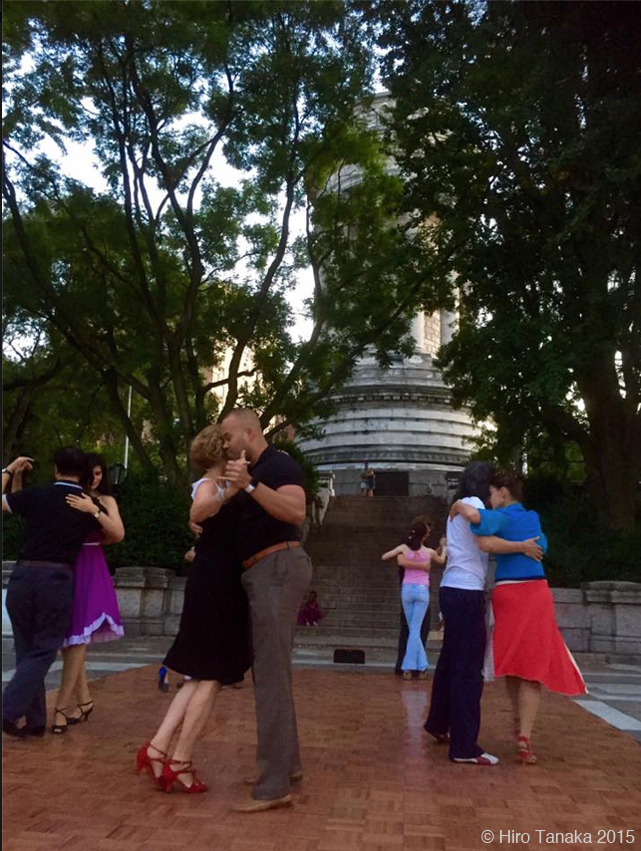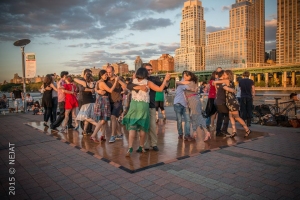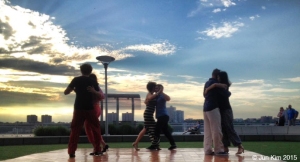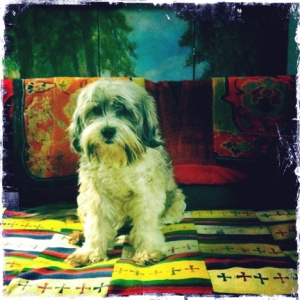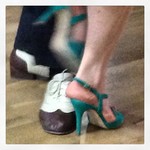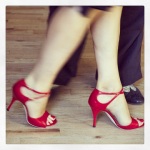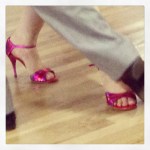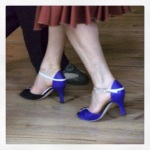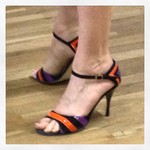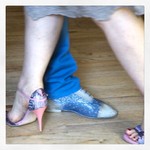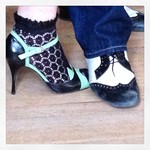How The Vaccine Saved My Life and Ended a Friendship
“Want to get vaccinated?” my friend Bruce asked me.
“Why?” I replied, “Are you vaccinating people?”
“No.” Bruce said, “But Jeannie and I are on a mission to get our friends vaccinated.”
“Sure! I’ll take all the help I can get!” I said. But don’t you want to get appointments for your family?” I asked.
“Have you met my family?” Bruce replied.
He went on to tell me that the Meadowlands Vaccine Mega-Site had end-of-the-day appointments for leftover and unclaimed vaccine. He sent me the link.
Bruce and Jeannie are my around-the-corner neighbors. Their friendship is bestowed with the kind of enthusiastic generosity that’s makes you just love them. They’re also the kind of friends you’d want to have in a disaster. When Super Storm Sandy flooded Hoboken, where we live, they were among the few who still had power. They immediately set up a charging station in their driveway for passersby to power up. They rescued meat freezers from a beloved neighborhood restaurant and installed them in their garage. They cooked for the entire apartment building across the street. They even loaned their bathroom to a neighbor who was desperate for a hot shower. And now we have a plague, and they’re back at it.
I’m 63 and unfortunately (in this instance) very healthy. In mid-January, I didn’t fall into New Jersey’s first phase categories: Healthcare Personnel, Long-Term Care Residents, First Responders and Individuals at High Risk— which includes 64 and older. And smokers! I doubt that the half a cigarette I smoked when I was 11 at Camp Se-Sa-Ma-Ca counted.
I’ve wrestled with the ethics of getting the vaccine before my turn. But a late afternoon, use-it-or-lose-it shot of Moderna or Pfizer in upper middle class Bergen County, NJ was acceptable on my morality-meter.
Throughout the pandemic, my friends have been my salvation in this time of crisis, loss, uncertainty and isolation. In particular, two dear friends Sharon and Melissa (and Brian Lehrer of WNYC) have been my constant lifelines. They have helped me cope with the collective trauma, the loss of three family members I could not properly honor, and the constant concern I feel on behalf of my parents. Thanks to my business as a dinnerware designer, I’ve been creatively and sometimes even blissfully engaged…and above water. Thanks to my one-year-old puppy, Olive—I have joy. But it’s my friends who have really gotten me through.
And now Bruce and Jeannie were serving as a lifeline in a literal way—offering to help get me vaccinated.
I’ve spent a year deeply concerned about my parents, late 80s, Palm Beach County snowbirds. I pester them daily to wear masks. I plead with them to cancel all mah-jongg and bridge games. I beg them to have their two-fer Dove Bars and Ballentine’s Finest whisky delivered. And I beseech them to not invite anyone over, no matter how safe they think they’re being!!
The thing that’s caused me the most sadness and anxiety is not seeing my parents. We’ve not been together since last summer. I was one of the many who took heed, stayed away from family and had a solitary, but-for-the-grace-of-Zoom Thanksgiving.
But, time is short.
My plan was to get vaccinated, pack up Olive, and make the two-night, three-day drive to Florida. But securing one of these fleeting appointments had the feel of trying to score concert tickets on Ticketmaster. I was at the mercy of how fast I could type, or how speedily I could cut and paste my health insurance information from my handy, COVID-19 Word doc scratch pad. The anxiety of watching the appointments evaporate as I typed frantically proved to be too much. I decided to leave it be and wait.
One day, after a few days of surplus vaccine hunting, I was on the phone with Melissa, as I was almost every day.
Melissa, my brilliant friend, is a Da Vinci of everything. She’s a master draughtsman of industrial design: of flatware, glassware, furniture, and architecture. She designed her barn-shaped home. She taught herself the 6,000 year-old method of lost-wax carving and casting, and created a livelihood of crafting the loveliest fine gold jewelry. She’s an oracle of visual communication: of graphic design, typography, photography and social media. She has a sharp, analytical mind and can think me under a Design-Within-Reach Saarinen pedestal table when it comes to just about anything.
She’s socially concerned, cares deeply about fairness and equity and is charitable with her time and money, helping the wider community as well as her own. We’ve supported each other’s volunteer efforts. Together, we’ve written and mailed thousands of postcards to voters for campaigns up and down the ballot. I bought a ticket to her raffle featuring a gold friendship bracelet, with proceeds going to Stacey Abrams’ Fair Fight. I remember saying to her that I didn’t need the bracelet because I had the friendship.
Since the start of the pandemic, I’ve been sewing masks for anyone that wanted or needed one. We discussed, refined and exchanged mask templates until we got it right. Melissa suggested using the lovely and tightly woven Liberty of London fabrics, and sent me yardage of all the textiles she’d collected. I’ve donated 500 masks to a few Hoboken organizations, many of them sewn from fabrics she gave me. Oh! And of course she can cook. And it wouldn’t surprise you to learn that she cans her own homegrown garden vegetables.
I know—I’m exhausted too.
The downside of having a friend who knows and can do everything, or who strives to know and do everything, is that I’m always the student—even though I’m almost seven years her senior.
She has an irksome way of fact checking me in real time. If I mention something that she doesn’t already know, which is rare, she either becomes offended, or copy edits me, live, over the phone, by way of Google. I know it’s not her intention to undermine me, but that’s the cumulative effect.
But, through all this ducking and weaving, I still loved her. I’ve had some of the richest conversations of my life with Melissa. I valued her knowledge, her curiosity, her perspective, her observations and her input, and her support.
That day, on the phone, I mentioned to Melissa about my frustrating attempts at getting one of the leftover vaccines.
“You know that I have a really big problem with this, Nancy,” she said. And then quickly added, “But I’m not judging you.”
I sensed where this was going. She’d bitten my head off many times over our more than 25-year friendship. It sure felt like she was judging me, and in order to avoid being further cross-examined, I changed the topic.
A few days later, I woke up to a text from Bruce that said he’d managed to miraculously book me an appointment—for that very morning. “We can take Olive,” his message read. “And if your car is buried under a mound of snow, take ours!”
Within two hours, I was driving to the vaccination center in Holmdel—a conservative, wealthy, white-collar suburb off the Garden State Parkway.
The vaccination pop-up shop was held in the athletic-field-sized atrium of a former Bell Labs complex. Once indoors, the site was easy to locate by its telltale cluster of white collapsible tents, and the anticipated long line. As I waited my turn, the man in front of me told me he was in remission from leukemia—as is my father. The woman behind me was escorting her elderly mother in a wheelchair. As we chatted, giving each other the thumbs-up, and wishing each other well, I could not shake Melissa’s disappointment in me. I couldn’t help but wonder—was I jumping the COVID-queue?
I could hear my best friend Sharon (who’s a science journalist) say, “Everyone needs to be vaccinated, and I’m thrilled that my beloved Nancy Green is going to be one more for the Hoboken herd!” I fortified myself by recounting a New York Times article that said, “If you’re offered a vaccine, take it.” The opinion piece went on to say that there’s no reason to believe that if you forgo your dose, it will go to someone with a higher risk. So, I inched my way with the rest of pack toward inoculation. I received my first dose of the coveted vaccine with a mix of quiet elation and muffled shame
I hadn’t spoken with Melissa in a few days. We played a few rounds of telephone tag until we finally connected. I’d been grateful for the reprieve and I dreaded telling her that I’d gotten my first dose. I was tempted not to tell her, but that felt like a lie of omission. I had a pretty good idea that my decision to get vaccinated would make for a really uncomfortable conversation. I was right.
After a long moment of dead silence, she reminded me that she had a serious problem with my choice. “After all the conversations we’ve had this past year about the cruelty of the previous administration, the unending need…how could you?”
“I want to see my parents,” I said.
“I want to see mine too,” she replied.
I told her that I understood what she was saying. I managed to utter a few words about the scattershot and inequitable vaccine rollout. And that I purposely did not go to impoverished Newark or Camden to deprive a poorer New Jerseyan of a vaccine.
We didn’t speak again for a week. I’ve been on the end of her silent treatment, her needing-space treatment, her taking-a-break treatment, many times before. I knew the sound of this silence.
Over the years, I’ve seen her end a few close friendships. The fall-outs have been over behaviors that she could not tolerate, could not abide. I always wondered when it would be my turn.
She called me, finally, after I’d texted her about a new Postcards to Voters campaign, It was my peace offering prompt to get the ball rolling.
The conversation that followed, my last with Melissa, is a stomach-churning blur. She said something about trying to be kind, about not wanting to hurt me, about looking at her own behavior when her righteousness took such a firm grip. She said she needed some space, wished me well, and that we ought to keep in touch. I wished her well and said the door to friendship is always open.
“Goodbye Nancy,” she said.
Goodbye Melissa,” I said.
The day after, my taste buds flipped out and lost their senses. Even chocolate tasted terrible. I lost my appetite. I lost weight. Sharon and my primary care physician urged me to get a rapid and then a PCR COVID-19 test. Both negative.
I didn’t have COVID, in part because of the vaccine I’d gotten. But the vaccine had exacted its own price. I was heartsick. I felt maligned. I always reasoned that there was so much value in my friendship with Melissa, that I could tolerate the walking-on-eggshells part. But, the truth is that I was afraid of her and never had the courage to say what I was thinking.
It’s been a couple of months since Melissa ended our friendship. Surprisingly, or maybe not so surprisingly, I’m relieved. A friend said I even sounded ebullient.
The bitter irony that getting the vaccine to stay healthy caused the end of my last unhealthy relationship is not lost on me.
Olive and I delivered a double batch of cranberry-pistachio biscotti and a bottle of champagne to Bruce and Jeannie to thank them for the awesome gift of finding me a vaccine. We met outside on their doorstep and I told them that my decision to get the vaccine resulted in the end of a longtime friendship. And that at times I doubted my choice.
Bruce laughed and said, “Jeannie feels the same way, and I think that’s bullshit! Don’t you feel that way for one second! With Jeannie’s Catholic-Jewish guilt, she said that when she’s fully vaccinated, she’s going to volunteer somewhere unsafe. And me? I’m going to a bar.”
Perhaps I’ll join him.
©Nancy Green 2021




